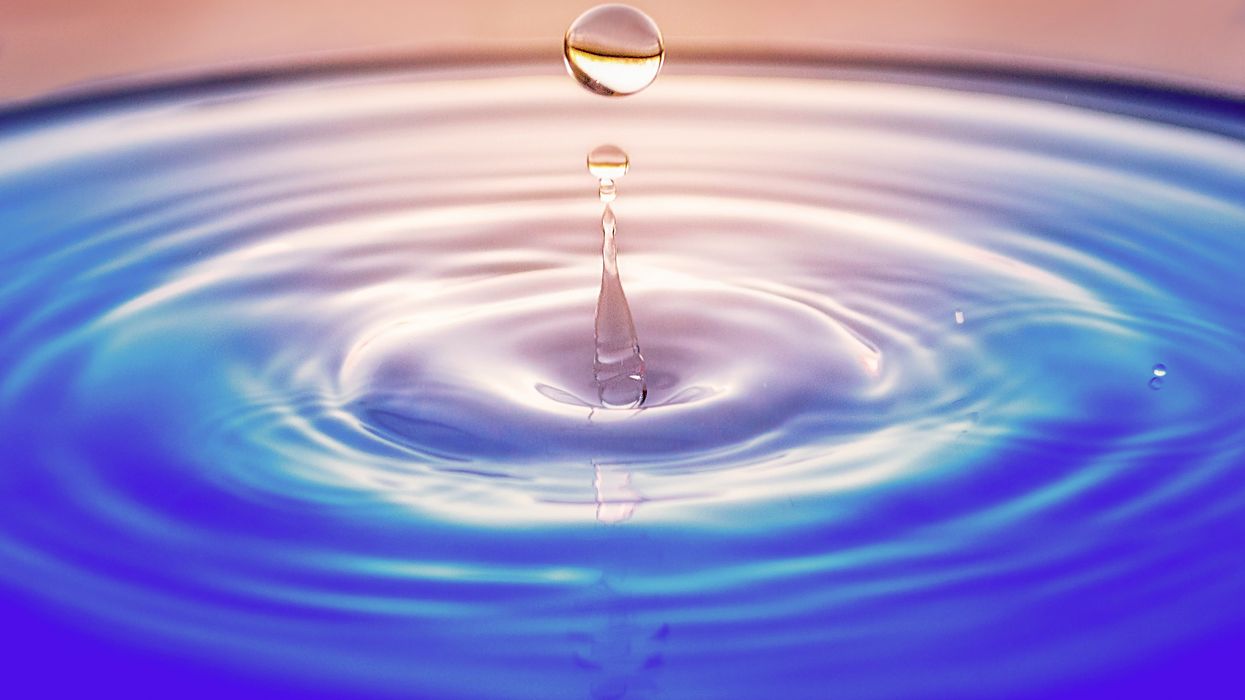Catherine Shuttleworth
Oct 25, 2023

Scientists have just created the slipperiest substance on Earth
Photo by zhang kaiyv on Unsplash
Friction is an important factor as to whether or not water sticks to a surface. If the chemical composition of a surface is uniform, the expectation is that water will flow away pretty fast. However, new research suggests that it's not that simple.
The surface in question was made of silicon and coated with a "self-assembled monolayer" or SAM. These SAMs are molecular layers that can move about like a liquid, but are strongly tethered to the surface below. They act like a lubricant between the surface and the water droplets.
The research team controlled how much of a SAM was forming on the surface, and quickly found that too great or too small a SAM will make the water flow quickly.
"Our work is the first time that anyone has gone directly to the nanometer-level to create molecularly heterogenous surfaces," Lead author Sakari Lepikko, from Aalto University, said in a statement. "We found that, instead, water flows freely between the molecules of the SAM at low SAM coverage, sliding off the surface. And when the SAM coverage is high, the water stays on top of the SAM and slides off just as easily. It's only in between these two states that water adheres to the SAMs and sticks to the surface."
SAMs meant that the team were able to create the slipperiest liquid surface in the world, which researchers believe may lead to many interesting applications.
"Things like heat transfer in pipes, de-icing and anti-fogging are potential uses. It will also help with microfluidics, where tiny droplets need to be moved around smoothly, and with creating self-cleaning surfaces. Our counterintuitive mechanism is a new way to increase droplet mobility anywhere it's needed," Lepikko said.
However, it's important to note that SAMs have limitations, such as the coating being very thing. But studying them allows scientists to find solutions to such problems.
The study is published in Nature Chemistry.
Sign up to our free Indy100 weekly newsletter
How to join the indy100's free WhatsApp channel
Have your say in our news democracy. Click the upvote icon at the top of the page to help raise this article through the indy100 rankings.
Top 100
The Conversation (0)













